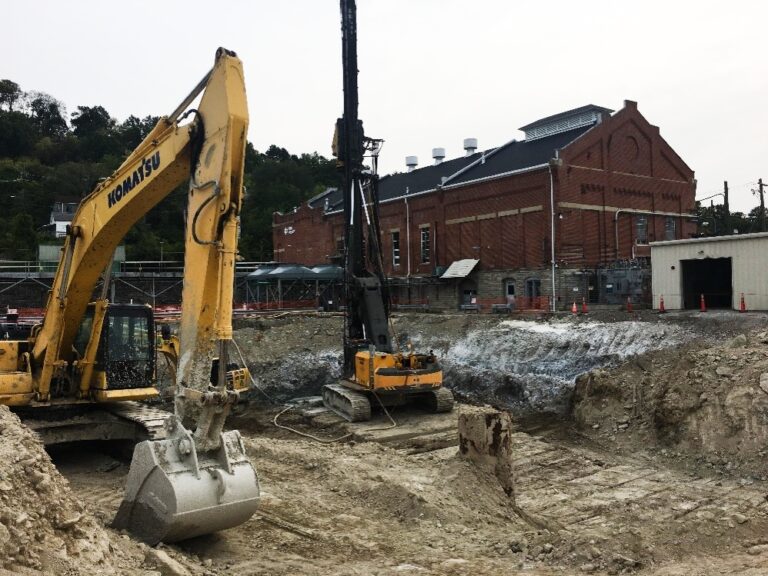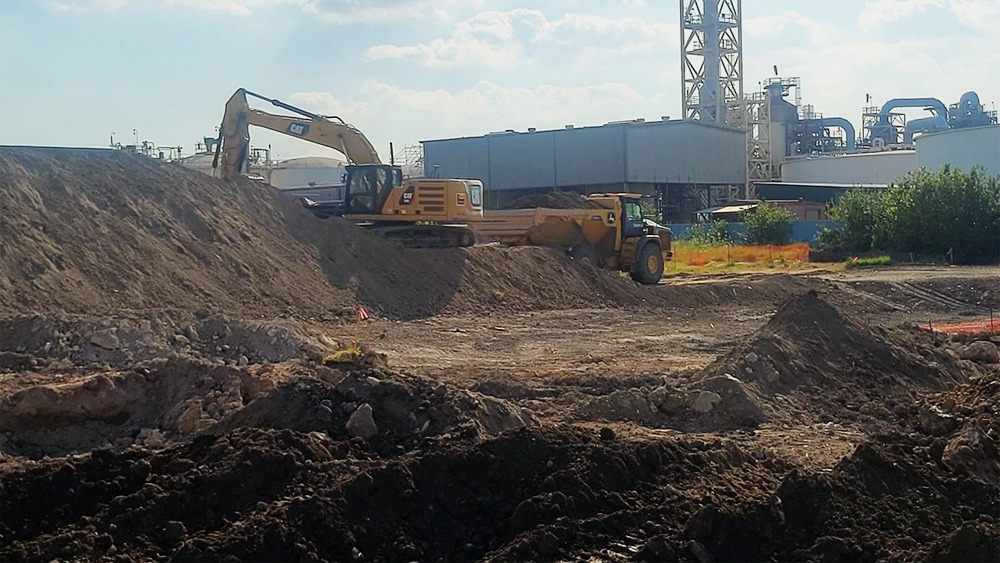The Engineering News-Record’s (ENR) most recent quarterly survey of companies on its Top 400 Contractors list found that although manufacturing and infrastructure work in the construction industry continued to “go strong,” construction in the commercial sector lagged. And despite the Federal Reserve’s efforts, respondents reported concern regarding the general economic outlook.
At the same time, contractors remain busy — many report a higher-than-normal backlog of projects and demand for their services. These conditions add up to a competitive construction market with some unprecedented stressors for anyone planning and managing projects, no matter which market. In this article, we’ll share insights from our own experience as well as strategies for navigating projects in the current environment.
A glimpse of the current market
ENR surveyed construction executives between May 15 and June 26 and published its report in July 2023. Using the results, the publication rated the current market outlook a 40 on its 100-point Construction Industry Confidence Index, which quantifies how confident these executives feel about the state of the market now, in three to six months, and in 12 to 18 months. This rating is down four points from the previous quarter.
“Confidence in the current construction market is virtually unchanged,” reported ENR, “but execs have become more pessimistic about the short- and medium-term future. About 40.1% see a declining market three to six months from now, up from 32.5% last quarter, and 33.3% see a decline 12-to-18 months from now, up from 21.4%.”
This outlook varies by market. Firms working in the industrial and manufacturing spaces held the rosiest view — 53 percent reported seeing improved activity currently, and that number rose to 64 percent for the outlook over the next 12 to 18 months. In the environmental and hazardous waste sector, most (56 percent) reported stable activity currently, and a plurality (44 percent) expect that state to continue in 12 to 18 months from the time of the survey. In contrast, 70 percent of those working in the commercial office market reported declining activity now, although 48 percent expect that to stabilize in 12 to 18 months.
Also, according to ENR, the labor shortages that have long plagued construction projects persist, “although executives say they have lessened short-term, with 27.5% reporting that staff shortages have eased either a little (22.4%) or a lot (5.1%). The equivalent number last year was only 7.3%.”
ENR also cited results from the Construction Financial Management Association’s (CFMA) Q2 Confindex survey, published in June 2023, which solicits quarterly feedback from construction company chief financial officers. Blaming the March collapses of two U.S. banks and tightening, more expensive access to credit, CFMA reported that “recent events have sapped a meaningful share of CFO confidence.” At the same time, CFMA said, “[F]or now, contractors remain busy. In addition to mega-projects related to reshoring and infrastructure, contractors continue to work on projects financed at a time when the capital was both cheap and plentiful.”
Current market stresssors and outlook
- Labor: continued shortage of qualified workers
- Equipment: high demand for heavy equipment
- Materials: prices and lead times remain high
- Pay terms: still expanding, creating payment delays
What this means for current projects: trending expensive and slow
Labor shortages and inexperience. Most of us have likely felt the effects of construction’s dire worker shortage. Even with the easing up reported by ENR, we continue to observe many related issues, with the bottom line that relationships between project partners can suffer. Workers are experiencing fatigue and burnout, which can result in staff turnover and longer project timelines. We’ve also seen that with so many vacancies, more people attain higher-level job positions earlier in their careers, which can mean they lack experience. For example, a project manager might supervise work on-site but lack the actual know-how or authority to make decisions, which causes delays as information is relayed between the person on-site and the decision-makers in the office.
Heavy demand for equipment and materials. We’ve found that it’s wise to plan well in advance for equipment required on a job site. Although demand for equipment seems to be stabilizing, it remains high, which can delay work and raise overall project costs. For example, for one project that would require heavy off-road trucks, local advisors suggested we rent the trucks a full two months before the start of the project to make sure they’d be secured to start work later — increasing overall project costs.
Similar trends apply to most materials. Project teams may need to order supplies well in advance to secure what they need in time for a job. Fortunately, we have seen indications that prices seem to be stabilizing for many materials, including lumber, cement, and structural steel — a trend backed by the Confindex survey, which reported that 36% of contractors saw materials prices improving over the last year, up from 31 percent of contractors in Q1.
Cost uncertainty and pressure on cash flow. Project teams and businesses face a tricky environment for budgeting. Volatile pricing makes costs unpredictable — which is especially challenging when you’re also trying to build enough lead time into projects to secure scarce supplies. This has led to unprecedentedly short subcontractor duration quotes, with quotes holding for a week or even less. As we have experienced recently, a deal will often proceed much more slowly, given the many stakeholders involved. So it has become very difficult to estimate cost with any certainty.
Additionally, more clients are extending their pay terms to cope with higher project costs — meaning that service providers may not see their bills paid for an extra month or more. Which, of course, makes it more difficult for them to meet their own costs.

How can you address these challenges?
Current market challenges are likely to persist in the near term. Even though, as the ENR survey indicates, executives expect some markets to fare worse than others, issues like labor shortages and supply and equipment shortages impact everyone. So what can you do to navigate them?
Plan ahead and actively manage your schedule. We now often build extra time into projects, whether that’s to protect a smaller team of workers from fatigue or to secure materials well in advance. We also work with stakeholders early on in a project to make decisions about how much time to add in, when to order materials, and more.
We’ve seen many projects for which buffer time and early relationship management have proven crucial. For example, a client needed drainage repair completed before the monsoon season started in Arizona. We had about six weeks to complete the project but encountered delays in getting pricing and finding an available subcontractor, which pushed the project out by about a month — a significant amount of time given the short window available.
Many of our delays in that project stemmed from working with subcontractors; given their packed work schedules, we had difficulty even getting timely responses or pricing estimates. And when they did respond, they often couldn’t meet our desired project schedule. We overcame the challenge and mitigated even further delays through careful relationship management and persistence — following up often, clearly stating our objectives and needs, and keeping lines of communication open with our client so that it knew exactly what to expect and why.
Communicate often and transparently. The previous example also illustrates the importance of communication. And unfortunately, if you’re adding extra time, you’re adding extra cost. We make sure to explain the nature of all costs and clarify that they’re driven by market conditions. Frequent, open communication has become essential to smooth project management in this market, whether it’s about volatile costs or other market-driven snags. In our experience, the more you communicate, the better.
In sum, relationship-management skills — the ability to communicate with clarity, to navigate difficult conversations, and to inspire trust — have a particularly important role to play in project management these days. Given the expectation, reflected in the ENR survey, that market and general economic uncertainty will continue, employing those skills is a great habit to have.
Published: 8/31/2023
Author

Director of Self-Perform Construction




